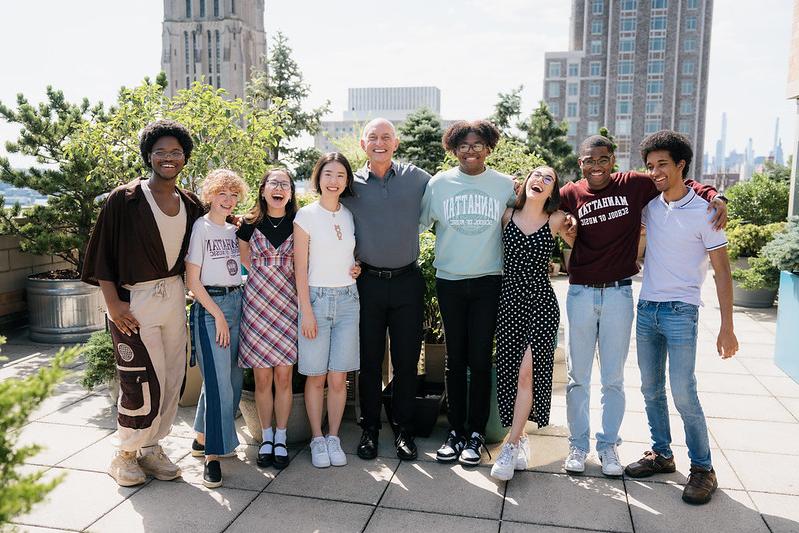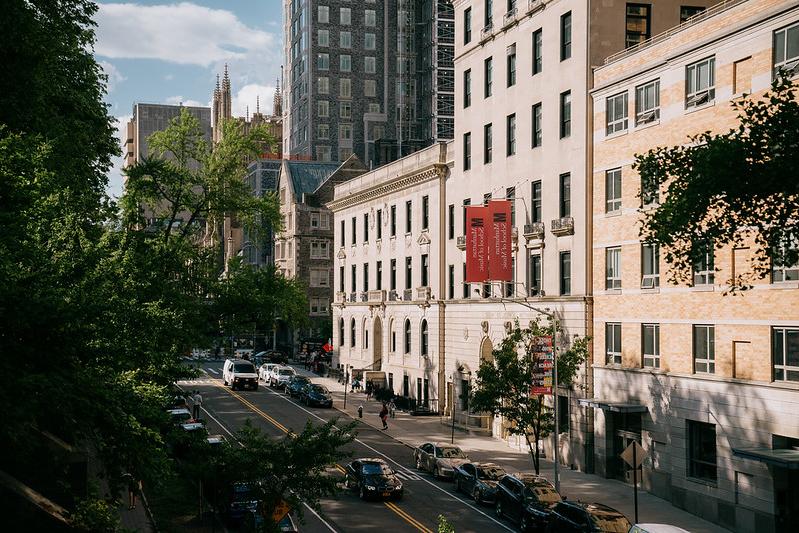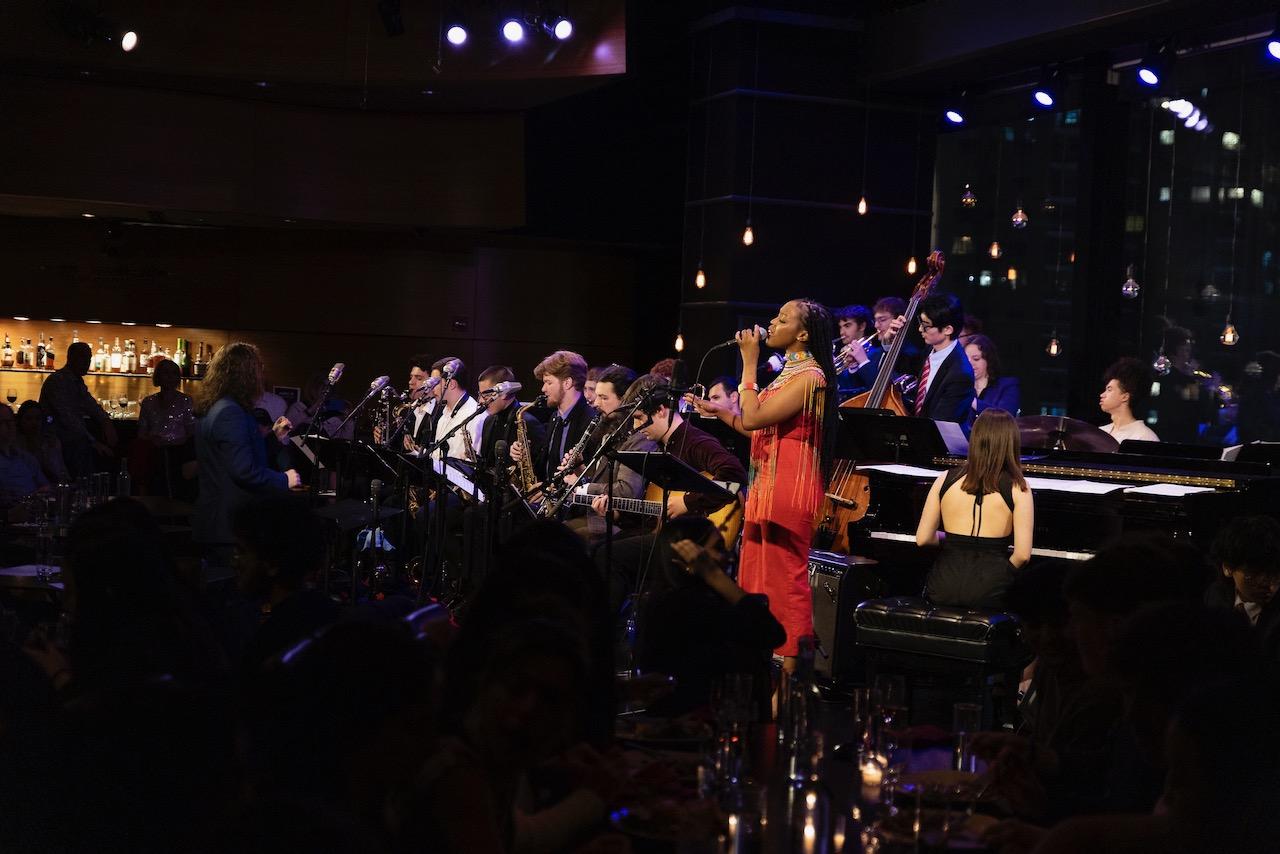Manhattan School of Music: One of the World's Premier Music Conservatories
By the time of its first-ever semester in the early decades of the 20th century, the settlement music school founded by Janet Daniels Schenck that would one day be internationally recognized as an epicenter of music excellence and education, was buoyed by an annual budget of $3,000, galvanized by an initial enrollment of 120 students, and guided by a faculty of 23. Even taking into account that first season’s ambitious curriculum – private study, theory, composition, music history, and literature were offered – and the involvement of an “Artist Auxiliary Board” that included the likes of pianist Harold Bauer and cellist Pablo Casals, could MSM founder Janet Daniels Schenck, for all her resolve and sense of purpose, have possibly envisioned then what MSM has become now?
Internationally recognized for the outsized talent of its gifted undergraduate and graduate students (more than 1,000 of them, hailing from more than 50 countries and nearly all 50 states), a renowned faculty of 250 world-class artist-teachers, and innovative curricula across a broad range of programs, this one-time settlement music school has long since taken its place among the world’s premiere music conservatories.
The highest standards of artistic excellence in a warm, supportive environment

MSM President James Gandre poses with MSM students in July 2024 on the terrace of the MSM president residence.
Offering a supportive, nurturing environment while at the same time promoting the highest standards of artistic excellence, MSM takes full advantage of New York’s incomparable creative energy and the fact that the city is home to so many of the world’s great musical artists and venues. Students are exposed to an ongoing roster of luminaries invited to lead MSM’s high-profile master class series, and singular performance opportunities at venerable venues that have included Jazz at Lincoln Center, the Metropolitan Museum, Merkin Concert Hall, the New Jersey Performing Arts Center, and the nearby Cathedral of St. John the Divine, among others.
With its intensive curricula of classical, jazz, and musical theatre training, MSM grants Bachelor of Music, Master of Music, and Doctor of Musical Arts degrees, as well as the Professional Performance Diploma, Professional Studies Certificate, and Artist Diploma. And true to its origins as a music school for children, MSM offers superior instruction to young musicians between the ages of 5 and 18 via its renowned Precollege program with its nearly 500 students; an Arts-in-Education Program that serves an additional 2,000 schoolchildren; and a rich summertime education experience for students ages 8 to 17 at MSM Summer. Further distinguishing MSM are the School’s pioneering Center for Career Readiness & Community Impact (formerly the Center for Music Entrepreneurship), which incorporates practical, entrepreneurial skill development into a wider music education; the Global Conservatoire, an ambitious digital learning environment that expands the course offerings of MSM and its four partner conservatories in Amsterdam, Copenhagen, London, and Vienna; and MSM’s Orto Center, housing the School’s seminal Distance Learning Program, which since 1996 has used videoconferencing for live, interactive arts education, connecting some of the world’s most gifted artist-educators with thousands of learners from around the globe.
The MSM neighborhood: A “college feel” in New York City

MSM is located off Sakura Park on Claremont Avenue near the Hudson River and other academic institutions such as Columbia University and Barnard College.
Finally, true to its original name, MSM is still a “neighborhood” school. Indeed, among its many attractions is the School’s Harlem-Morningside Heights location on Manhattan’s west side. Dubbed an “academic Acropolis,” it’s a cozy part of the city with a genuine “college town” feel, home to fully seven institutions of higher learning – Columbia University, Barnard College, Bank Street College of Education, Teachers College of Columbia University, Jewish Theological Seminary, Union Theological Seminary, and MSM. It is also home to spectacular institutions such as the famed Riverside Church (site of MSM’s annual Commencement ceremonies), the Cathedral of St. John the Divine (the largest cathedral in the world), and the national memorial for U.S. President Ulysses S. Grant and his wife Julia (“Grant’s Tomb,” otherwise known as North America’s largest mausoleum).
Further, MSM is just a short stroll from the New York City subway’s extensive 1 train service and mere steps from Riverside Park, thus allowing students to enjoy the best of two worlds: the subway offers a gateway to the city’s vast cultural riches, while the Park offers walking and cycling trails and spectacular views of the Hudson River. It is a dynamic, multi-faceted urban setting, one that only boosts the energy and pulse of this dynamic and multi-faceted institution.
But perhaps best of all – an intangible quality that truly distinguishes MSM – is the fact that this “neighborhood” feel is itself reflected in MSM’s family of students, faculty, and administration. It is there in the strong sense of community and collegiality that underscores all the music-making and learning and excitement of daily life at the School. We are all connected, and the supportive environment that extends out of that shared experience makes this a very special place to be.
More than 800 concerts a year, many of them free to the public

MSM Jazz Arts students performing at Dizzy’s Jazz Club at Lincoln Center.
And finally, for all that it has to offer, MSM is not simply a top-tier music conservatory in one of the world’s great cities; it is also, thanks to its accomplished students and distinguished faculty, a first-rate performing arts center, one that provides New York City music lovers with more than 800 live performances a year. The MSM performance season, spanning September to May and encompassing a full range of classical, jazz, musical theatre, and contemporary offerings – everything from the most intimate student recital to the most ambitious operatic and musical theatre production – is well-served by MSM’s nine performance venues and off-site partner venues.
Enjoying this extensive season of live music in the here and now is in many ways to witness the future, as many of MSM’s students eventually graduate into the front ranks of the world’s musical and artistic leadership. In fact, the School’s impressive, seemingly endless list of distinguished alumni, stretching as it does across disciplines and decades, represents an implicit and collective testimonial for how far the School has come since its founding more than 100 years ago.
Which brings us full circle, back to Janet D. Schenk. Could she in those first days of instruction have envisioned where this “adventure in music” (the title of her 1961 memoir) would one day lead? Far be it from me – writing more than a century on – to assume, but I like to think she did. And as Manhattan School of Music moves into its second century, I invite you to envision yet more: a music conservatory that, far from resting on its considerable laurels, continues to grow, expanding its education offerings and influence, all the while nurturing the talents and unique qualities of new generations of musicians, artistic leaders, and, above all, well-rounded human beings.

James Gandre, President
-
About James Gandre
